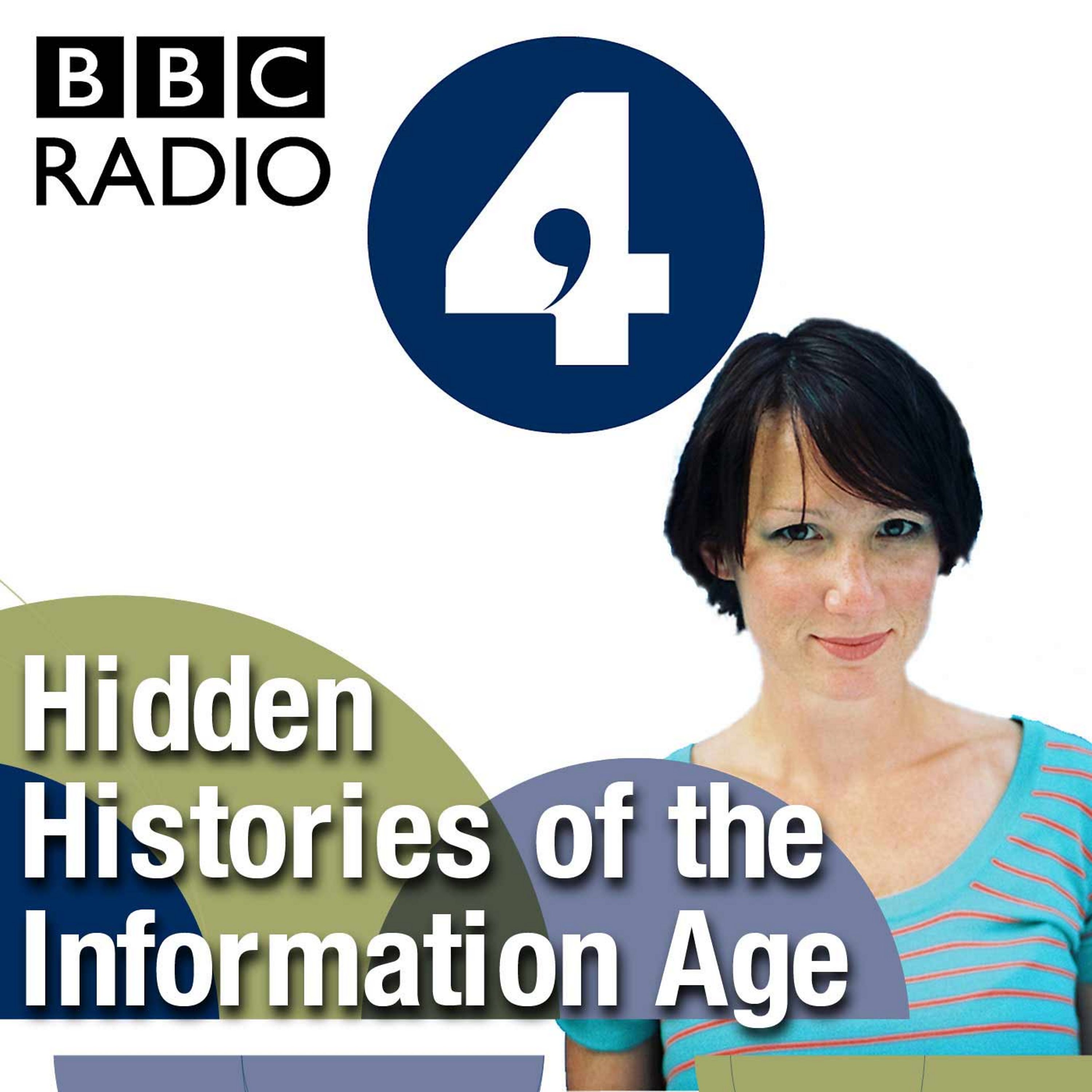Tat-1
Description
In 1957 the singer, actor and civil rights activist Paul Robeson in 1957 performed a concert to an audience sitting in St Pancras Town Hall in London. Astonishingly, Paul Robeson was in New York at the time, and he was performing live over a transatlantic phone line.
Robeson was an outspoken critic of lynching laws and anti-fascism. Because of his support of these causes, he was a victim of early attempts by the US FBI to quash civil rights activism, and was blacklisted by the State Department. His passport was cancelled so he could not leave the US.
But Robeson was also an innovator, who used the latest tools to go around the restrictions that were imposed upon him. When the authorities increasingly tried to silence him, he used technology to make his voice heard.
Aleks Krotoski tells the story of how Paul Robeson came to perform for his British fans using the new transatlantic telephone cable, called TAT-1, It was laid between 1955 and 1956, and it linked Newfoundland, Canada and Oban on the West Coast of Scotland.
TAT-1 is one of the objects on display in the Information Age Gallery at the Science Museum in London. This new gallery features the evolution in how we communicate with one another. The objects in the gallery represent cultural moments from the last 200 years, not just technological innovations.
More Episodes
Published 10/24/14
Soldiers traditionally learned to find their way around with a compass and a map. Aleks Krotoski explores how GPS transformed navigation during the first Gulf War in 1991.
An early brick sized GPS device is on display in the 'Information Age' gallery at the Science Museum in London. This gallery...
Published 10/24/14
The company that brought computers into business was Lyons, known for its cakes and teashops. Aleks Krotoski tells the story of how this technology transformed office work.
One element of the first Lyons Electronic Office, or LEO, computer is on display in the 'Information Age' gallery at the...
Published 10/23/14


